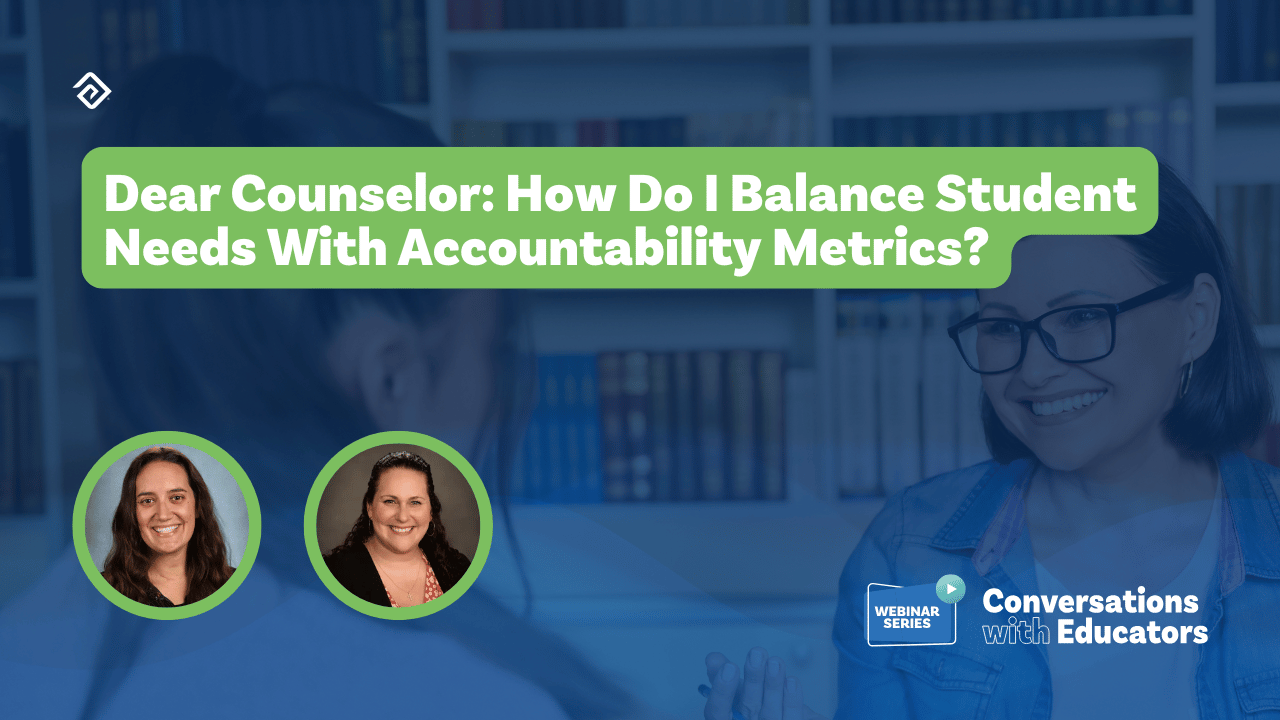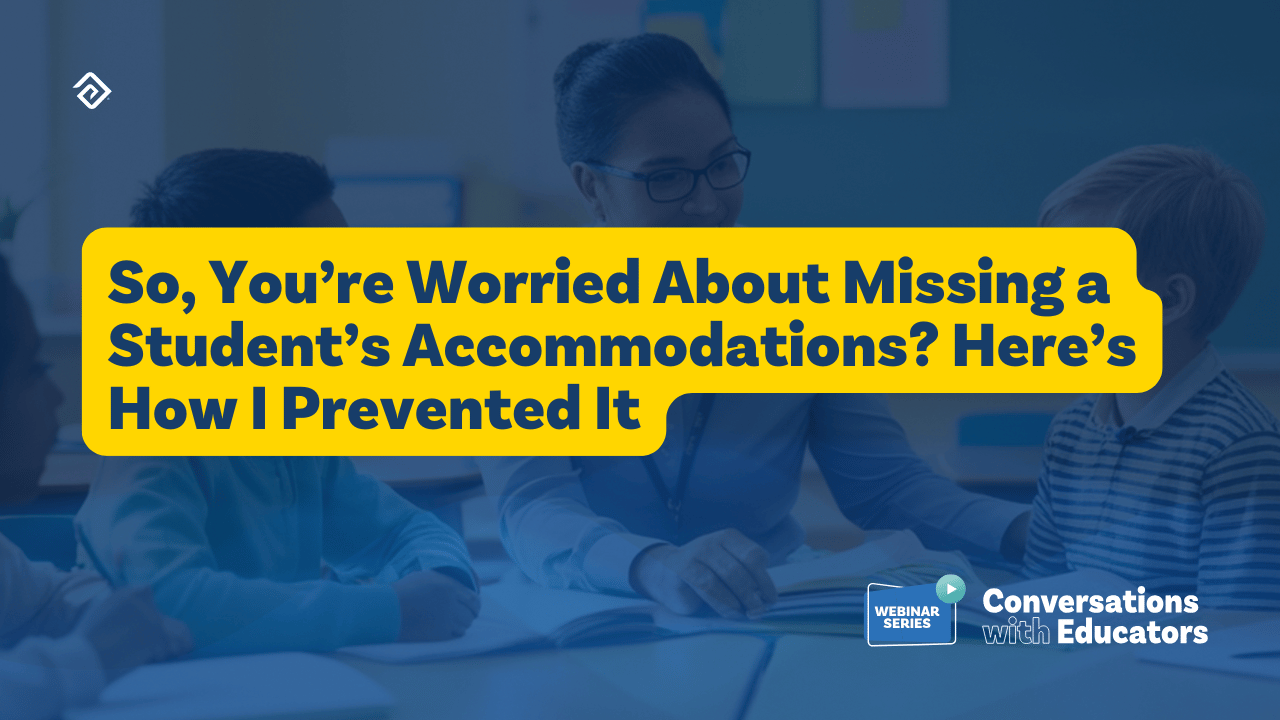Effective Lesson Planning: 3 Proven Ideas
Implementing an effective lesson plan ensures that you are on the right track. Most of the time, you’ll know if you have created an effective lesson plan if you can see that your students are not only actively participating but also performing well in their assessments. Your lesson plan also includes what your target audience needs to learn, the methods you need to use, and how to assess them based on their learning targets. On top of that, it makes sure you and your audience are on par with the curriculum's objective and ideal timeline.
5 Common Types of Lesson Plans
1. Daily Lesson Plan
Teachers prepare this type of lesson plan to cover the learning objective for a specific day. In the last part of the lesson plan, the assessment results show whether the students understood the lesson or whether the teacher will need to spend extra time on the topic.
2. Weekly Lesson Plan
Teachers prepare a weekly lesson plan when there is only one particular learning objective: the primary goal for the entire week. First, the teacher covers the topic in class within 2-3 days and then encourages the students to practice on their own. By the end of the week, the students go through an assessment to determine how well they understood the concept.
3. A Whole Unit Lesson Plan
This lesson plan is ideal for teachers who prefer to teach their lessons from a per-unit perspective. You can customize your pace of teaching for each class depending on how well the students grasp each concept before moving on to the next topic in the unit.
4. Subject Specific Lesson Plan
If you are teaching multiple subjects in a single shift, you need to use a different lesson plan for each subject. Differentiating your planning can help achieve your targets and cover each of your lessons while avoiding confusion and maintaining focus when handling different topics.
5. Grade-Specific Lesson Plan
If you’re teaching more than one class across different grade levels, preparing this type of lesson plan can help you manage your class and time more effectively. You have to consider that each grade level needs diversity, as some types of assessments will not be applicable across all grade levels.

Ideas on Preparing an Effective Lesson Plan
- Prepare Assessments that Cover Core Skills
Whenever you prepare a lesson plan, focus on what specific concepts and skills you aim to assess from your students. Working backwards from the end goal allows you to develop an assessment that covers the objectives of the lessons with results that will directly evaluate your students' understanding of that topic.
2. Encourage Students' Participation in Class
An effective lesson plan balances both verbal and written skills. As their teacher, you should create a plan for encouraging active students' participation by including your students’ interests during in-class activities. Build rapport with your students and plan activities designed to discover what those interests are.
3. Use a Teaching Style that Promotes Learners’ Critical Thinking
To make your classes more engaging, you should tap into your creativity through ideas like:
- Organizing students in pairs or small groups and design activities that allow students to collaboratively apply the concepts they learned.
- During these activities, choose example problems to solve based on the content and let the student pairs or groups work them out together. This process of working together will not only promote the skill of effective collaboration but critical thinking as well.
- If any group gets stuck, have a class discussion on that particular challenge and get group feedback from other students.
Effective Practices for Your Lesson Plan Ideas
- Ensure You Have All of Your Materials
Before entering the class, make sure you have all the necessary materials and student supplies you need. Prepare your teaching tools and notes in advance so that you don't have to waste any precious time (and lose any student engagement) searching and setting them up in the middle of the lesson.
- Set the Class Objectives Before Each Discussion
You should always be ready with a list of learning objectives for each class and convey them to the audience before diving in-depth into the content. This simple yet effective practice fuels student motivation and dedication to achieve the target while making lesson expectations clear.
- Follow the SMART Strategy for Objectives
Every plan starts with a particular objective that it aims to achieve. So, to make sure your plan performs reliably, ensure it is SMART (specific, measurable, achievable, relevant, and time-bound targets).
Examples:
- By the end of the lesson, students will determine six causes of water pollution with 80-90% accuracy.
- By the end of this blog, you can effectively design a lesson plan for your class.
- Ensure You Tap into Your Student's Attention
Engage your students by involving common real-life examples or experiences to establish connections and build curiosity among your students. After all, one of the major goals for education is for students to be able to transfer their skills and knowledge to contexts that are outside of the classroom.
- Demonstrate the Content in the Best Way Possible
One of the best ways to engage students is to create content that is easy to follow and relatable. You can discuss each topic in-depth to make sure the students can establish a personal connection with it.
Demonstrate all content clearly using visual methods like flowcharts or teaching everything using a step-by-step modeling process. Using these visuals, your students can interpret the presented information more clearly and retain the information longer.
- Jot Down Your Observations for Reflection
The teacher should always analyze where their class stands in terms of the curriculum. Continuous evaluation of students will show you what works and what doesn't while giving you the opportunity to adjust in the future for better results.
Examples:
- In which areas did the students need the most assistance?
- Were the objectives fully met by all the students?
- What areas of the lesson will need to be revisited?
- Be Creative with Your Lesson Plan
Making the learning process more fun can be challenging but pays huge dividends. Using illustrations, infographics, vidoes, and animations can bring life to your lesson plan ideas and stimulate your classes.
- Allot Time for Recall in Your Lessons
Before starting with the next lesson, you must allot time for recall so your students can review the previous lesson. This ensures that the flow and transitions of your discussions are smooth and that your students can understand how your lessons are interconnected. One way for you to do this is by picking students to discuss what the lesson objectives of the previous sessions are so that you can assess whether your students have retained the information.
What Should be The Format of Your Lesson Plans?
Your lesson plans should primarily require six key sections:
- Lesson Objectives
- Lesson Materials
- Teaching Strategies
- Assessment Methods
- The Lesson Reflection
You can further break these into smaller sections to include more specific information and additional detail as required by the curriculum. Teachers can use several effective practices in their teaching procedures to encourage students to explore, learn, practice, reflect, and apply their learning to problem-solving.
Benefits of Implementing Effective Lesson Plan Ideas
Having an effective lesson plan can:
- Make learning and teaching easier for students and teachers, respectively
- Promote critical thinking and problem-solving skills among students
- Motivate students and keep attention focused on the learning in the class
- Assist the teacher with delivering quality content even with different classes
- Help list clear-cut learning objectives for teachers to plan the lesson
Conclusion
It’s essential to teach your students using careful time management and effective methods. You can prepare an effective lesson plan by researching your content thoroughly and implementing successful teaching methods. By doing so, your lesson plan ideas and strategies can help motivate your students to always strive for excellence.


More Great Content
We know you'll love




